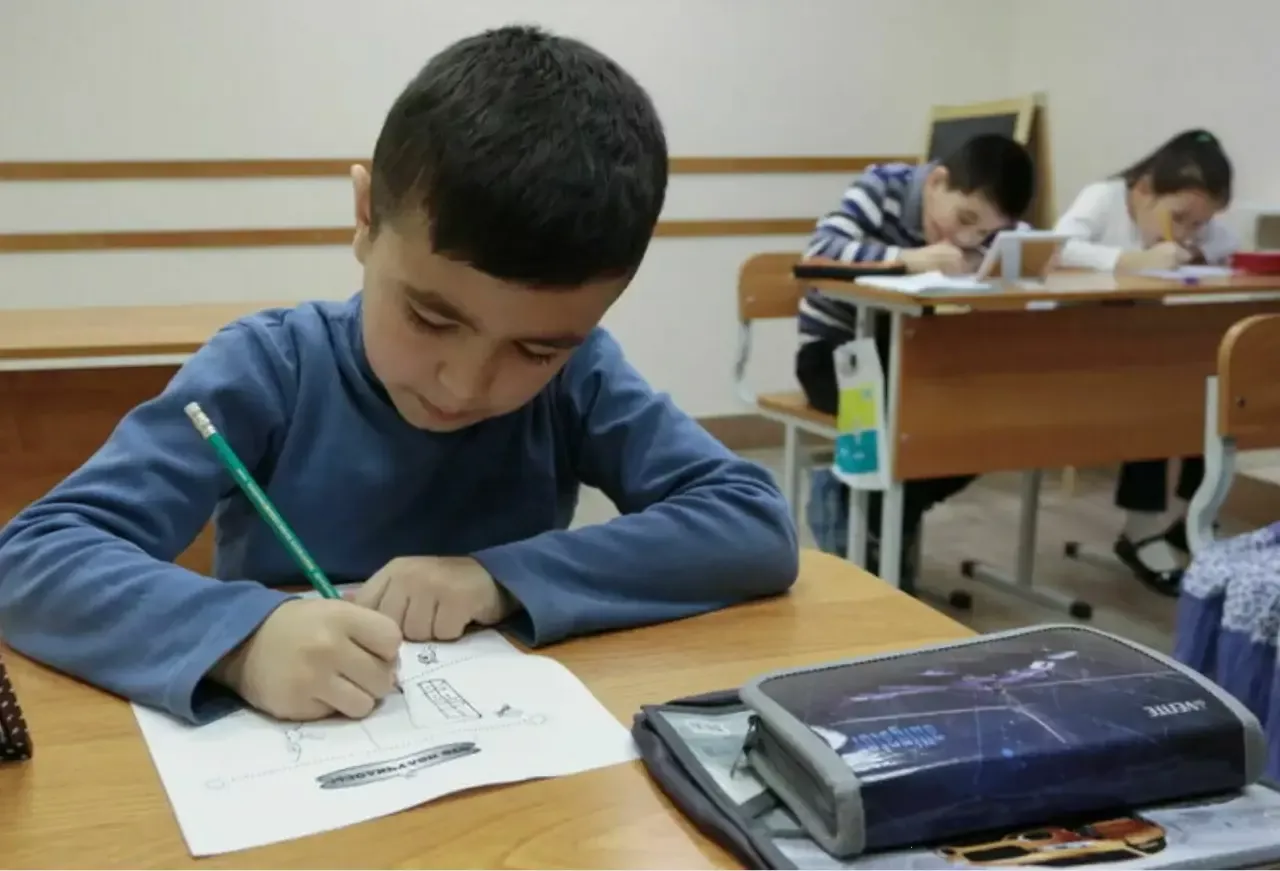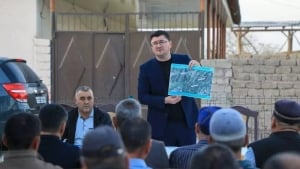
Aleksey Nechayev, leader of Russia's "New People" party, proposed the initiative "One migrant per class." This was reported by Zamin.uz.
According to him, reducing the number of migrant children in each class by one would help improve the quality of education. This proposal has sparked widespread public debate.
While some consider it a good idea aimed at increasing order and efficiency, others view this approach as controversial and unfair. Nechayev emphasized that in some classes, the proportion of migrant children reaches 20–30 percent, which causes difficulties in the learning process due to language and cultural differences.
As a result, neither local nor migrant children have full opportunities to receive education. Therefore, distributing migrant children evenly across classes could reduce language barriers and lighten teachers' workloads, he suggests.
If resources are distributed fairly, educators will be able to give equal attention to all students. However, the politician did not comment on the social and psychological condition of an isolated migrant child.
This raises questions about how issues such as loneliness, stigmatization, or problems in the integration process will be addressed. Experts believe that reducing language barriers and easing teachers' workloads is appropriate.
However, the methods to achieve this are important. Special language support courses, additional tutoring, psycholinguistic adaptation programs, mentor-apprentice systems, and systematic cooperation with parents are recognized internationally as effective measures.
This approach ensures integration in an inclusive environment without separating children individually. From a legal perspective, limiting or setting quotas on class composition based on national origin or the number of migrants may lead to discrimination.
The education system must create equal opportunities for everyone. Additionally, schools in large cities differ territorially.
In some schools, the proportion of migrant children may naturally be high. In such cases, mechanisms for equal distribution require resolving complex issues such as logistics, transportation, and parental consent.
According to teachers, the main resources are time and support. To support language, assistant teachers in the classroom, special methodologies, digital educational materials, and individualized learning paths are necessary.
If the initiative is implemented without this infrastructure, the "one migrant per class" principle may cause additional organizational problems. In conclusion, Nechayev's proposal is an important issue aimed at increasing integration and efficiency in education.
However, the social-psychological consequences, legal foundations, and practical methods of the approach to evenly distributing migrant children require thorough and careful study. Most importantly, attention should be paid to the fate of the isolated child, the support system around them, equal educational opportunities, and an inclusive environment.
While trying to eliminate language barriers, creating new obstacles remains the greatest challenge.







